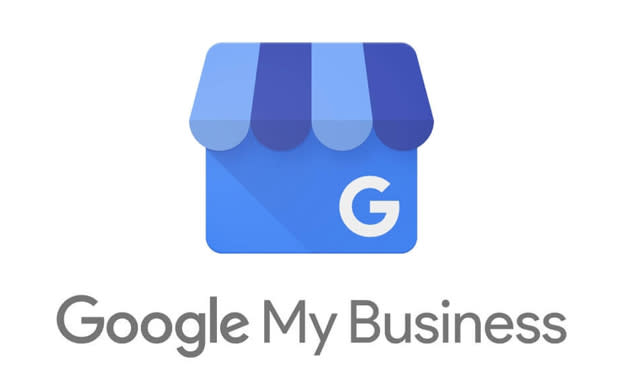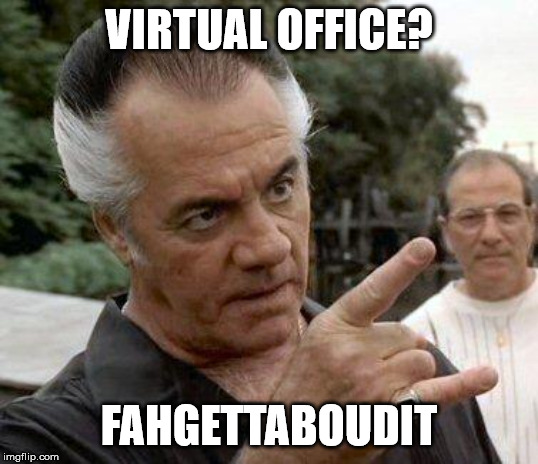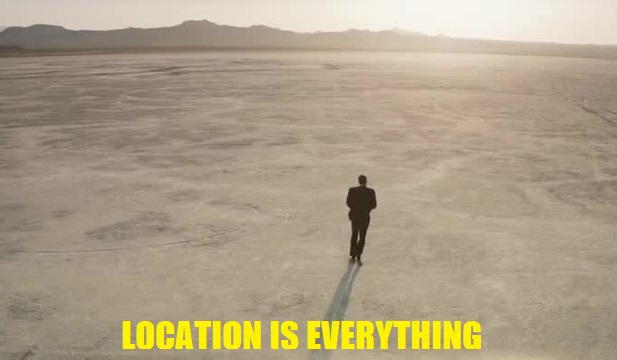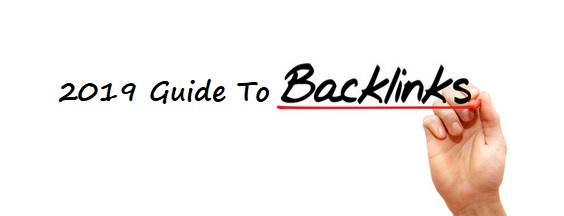
For anyone that has followed this blog, or is familiar with my search engine marketing expertise, it is understood that I am a “Google guy” meaning that, when it comes to finding things in search engines, I turn to Google every time. However, this doesn’t mean that Google is the only search engine. There’s Bing, Yahoo!, DuckDuckGo, Ebay, LinkedIn, Facebook, Amazon, Instagram, and countless others you probably never heard.
When it comes to ranking content in a search engine Google is your best bet due to the sheer number of people who use it and the fact that Google is highly transparent with the core fundamentals of their search engine.
But, what if you wanted to rank an auction page in Ebay? Or, if you are looking for new opportunities in LinkedIn and want your personal profile page to come up first for key searches? SEO is the solution to these problems.
As I stated earlier in this post, Google is highly transparent with the core fundamentals of their search engine meaning they pretty much tell you what you need to do to rank high. Obviously, the execution of their instruction is a whole other ballgame but the fact that the execution is clear makes SEO’ing webpages for Google completely feasible.
So, how do you search engine optimize content for other search engines that provides value and exposure for people and businesses?
Bing SEO
Like with Google, links are a powerful ranking signal that Bing utilizes.
From Bing Webmaster Guidelines:
“Links pointing to your site help Bing discover new pages on your site. Traditionally, it is also regarded as a signal of popularity. The site linking to your content is essentially telling Bing that they trust your content.”
Although Bing search representatives have never commented directly on the complete on-page factors for ranking most seasoned search engine marketers seem to agree that keywords play a stronger role with Bing than with Google. Google uses LSI (latent semantic indexing) so many times the keyword being targeted doesn’t even need to be on-site in an exact match format. With Bing, keywords, exact match key phrases, and exact match domains all seem to carry a lot of weight. It’s as if Bing’s search algorithm is trailing behind Google’s a good 5-10 years.
All in all, a high ranking in Bing pretty much comes from the majority of the same practices as a high ranking in Google does.
Yahoo! SEO
Since October of 2011, Yahoo! Search has been fully powered by Bing. However, over time the search results between the 2 engines have been quite different at times (depending on the search query). Yahoo! is even more tight lipped about their search engine and, since it’s “outsourced” to Bing, Yahoo! probably won’t reveal much on it. If the goal is ranking high in Yahoo! then the best course of action is to focus on ranking high in Bing.
DuckDuckGo SEO
When it comes to privacy DuckDuckGo is the “White Knight” of search engines (or white duck in this case). DuckDuckGo does not store the personal information or the search history of the user nor does it follow it’s users with ads or track users over time. DuckDuckGo has been known to call out Google in this regard. Although, the search volume market share in DuckDuckGo (0.22%) is pitiful compared to Google (72%). It has been slowly growing over the years however. In time DuckDuckGo could prove to be a valuable traffic source.
So, what is known about DuckDuckGo’s ranking algorithm?
Links (go figure).
Directly from DuckDuckGo:
“Nevertheless, the best way to get good rankings (in pretty much all search engines) is to get links from high quality sites like Wikipedia”
There are 2 takeaways from this statement from DuckDuckGo…
First, DuckDuckGo believes that links are so powerful that they even say they matter in all search engines (not just theirs).
Second, Wikipedia is the link example they use. Wikipedia is a nofollow link meaning in Google’s eyes it does not pass authority and therefore it will not help with rankings. This means that nofollow links are not a problem in DuckDuckGo and link building is much easier…for now at least.
eBay SEO
Cassini, eBay’s internal search engine, first emerged in 2013 and with it came a chance of actually being able to SEO an auction listing and increase the chance of the listing showing up first for related keywords. Before 2013, people were mostly in the dark on how eBay’s search engine worked and really couldn’t actively SEO a listing, leaving everything up to eBay.
Cassini ranks listings based on 4 metrics: Item Title, Item Specifics, Category, and Catalogs. These for metrics are influenced by keywords. Using eBay’s keyword research tool, Terapeak, it becomes possible to build a powerful keyword list and implement it into a listing’s HTags (H1-H6) found in the HTML editor, a standard SEO tactic used in other search engines.
LinkedIn SEO
LinkedIn has grown in popularity for business networking in recent years. You can find jobs, employees, and promote your business here making it one of the more useful social media platforms, especially for business development.
Luckily, SEO for LinkedIn is pretty straight forward. SEO’ing a LinkedIn profile page (like any other page that shows up in Google) starts with keyword richness through content. There is a lot of content that can be added to a LinkedIn profile so it’s best to use the space to fill in some good keywords. This includes pictures too. Rather than just a name of a person, putting in decriptive keywords in the file names of pictures uploaded to LinkedIn gets picked up by LinkedIn search algo and helps improve rankings. In other words, naming a profile photo “John Doe” is not nearly as effective as naming it “John Doe – mechanical engineer with 15 years experience” and so on.
Things like posting and growing a network by reaching out to other profiles in the same field also affects ranking. It is widely known that LinkedIn profiles with larger networks show up first in search more reached than ones with smaller networks.
Facebook SEO
The cream of the crop when it comes to social media. SEO for Facebook is the most dynamic. The number one factor is content. It is well known through out today’s digital marketing circles that the more relevant content on a Facebook page, the more exposure it will get for relevant keywords. Don’t worry about getting likes and growing followers. Worry about competitors putting up more relevant, useful content.
On-site keyword SEO practices can effectively be applied as well. For example, naming the page the desired keyword will increase ranking. Regular posting with targetted keywords in each post will further influence rankings and increase the chance of the page getting found.
Instagram SEO
The “social media platform for the kids” is how many seasoned digital marketers look at Instagram since so many Gen Z and even younger Millenials are there. Instagram is photo and video intensive and there is not much room for anything else.
Here are a few basic rules to follow when it comes to SEO for Instagram:
1. Use high quality photos.
2. Use captions. These fields are primed for relevant keywords.
3. Use Hashtags. Again putting keywords in here can greatly increase ranking within the Instagram network.
4. Put content out regularly. Visual content is 90% of what’s on Instagram so putting content out regularly can help.
If a business offers a wide variety of products, listing them on Instagram can help. If it’s a business that provides services such as tax specialists and accounting firms then Instagram will probably not work so well.
Amazon SEO
“A9” is Amazon’s search algorithm. Since Amazon users are looking for products and are more interested in buying rather than just reading and researching (like with Google), A9 really only focuses on 2 main factors: relevance and performance.
Starting with the easier of the 2, relevance is influenced by keywords. The single most important element of Amazon SEO is the product title. The most relevant keywords go. These title keywords can dramatically change the rank of a product listing so getting them right is crucial. After that it’s the backend keywords that users don’t see but Amazon’s algorithm does. This is very similar to Google’s meta tags.
A seller on Amazon has 5 lines that they can insert their backend keywords. Each line has a maximum character input of 50. That’s 250 characters total for backend keywords.
So, once again, good SEO in Amazon starts with a good keyword list.
Performance isn’t as easy to tackle as relevance is when it comes to Amazon SEO. Things like conversion ratio and reviews weigh heavily in this area. Even price can affect your rank (If you charge significantly more or less, do you offer flexible pricing, ie. payment plans, etc).
In conclusion, focus on what you can control in Amazon: Keywords. Relevant keywords on page and in the backend section can go a long way. If a high rank is achieved from this and then subsequently drops look at performance metrics next and make adjustments accordingly.









 However, many businesses tend to neglect the finer aspects of their marketing efforts and end up not giving much focus (if any) to search engine marketing. This is a mistake as businesses end up leaving a lot of revenue on the table from not capturing their share of valuable, converting search engine traffic.
However, many businesses tend to neglect the finer aspects of their marketing efforts and end up not giving much focus (if any) to search engine marketing. This is a mistake as businesses end up leaving a lot of revenue on the table from not capturing their share of valuable, converting search engine traffic. Making sure a business can be found with voice searches is imperative to business owners who depend search engine marketing to attract customers.
Making sure a business can be found with voice searches is imperative to business owners who depend search engine marketing to attract customers.
 generation preferances or bad press) you can always optimize social media pages to show up in search engines. After all, at the end of the day a social media page is just a page regardless of the domain it’s a part of.
generation preferances or bad press) you can always optimize social media pages to show up in search engines. After all, at the end of the day a social media page is just a page regardless of the domain it’s a part of. Simply put, SEO marketers aren’t playing a “guessing game” when it comes to search engine marketing practices anymore.
Simply put, SEO marketers aren’t playing a “guessing game” when it comes to search engine marketing practices anymore.